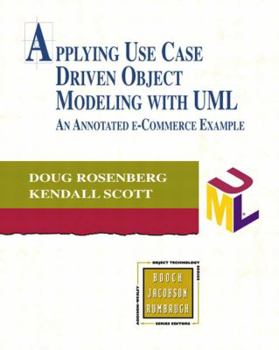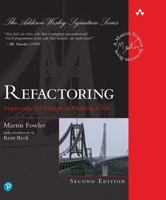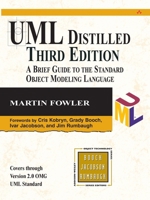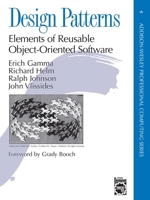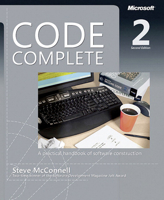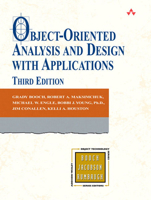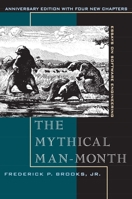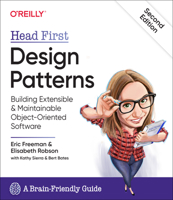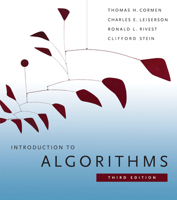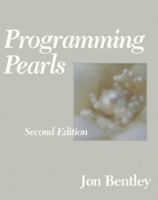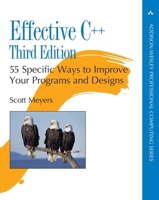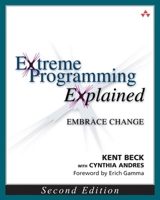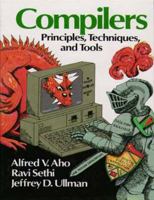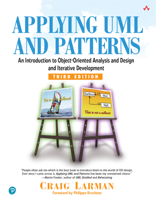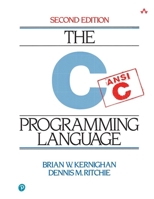Applying Use Case Driven Object Modeling with UML: An Annotated e-Commerce Example
(Part of the Addison-Wesley Object Technology Series Series)
Select Format
Select Condition 
Book Overview
You Might Also Enjoy
Customer Reviews
Rated 4 starsAn expense that can be justified.
You are already into various Java technologies likeServlets, JDBC, EJBs and can put together asmall to medium application/project using those.You somehow implemented the project/app to satisfy the requirements but you are thinkingthat there has to be a better way of going froma set of requirements to a design (from which the leap to actual coding is smooth) without feeling likesome vague unrepeatable 'magic' was being done.You...
0Report
Rated 5 starsA practical follow-up
Okay. I became interested in the lightweight Iconix process after a series of 5 articles in Software Development magazine, so I went out and bought the first book "Use case driven object modeling with UML - a practical approach". I design community based web portal applications. Our applications are medium-sized, but complex. So RUP is too big, and XP is too small. The Iconix process presented here is about right for most...
0Report
Rated 5 starsLearn object modeling by example with solution
All of the different jobs found in software development are learned in two ways. Either through trial and error on the job or by working through examples. The first is the most effective, but by far the most expensive. While the second is less thorough, it is cheaper and reduces the cost when you make the inevitable move to the first. Since object modeling is always open to many differing interpretations, learning how to create...
0Report










